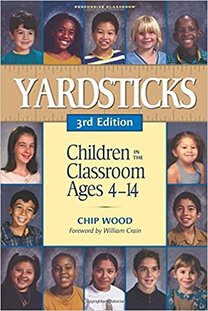Age 10 TakeawaysIncoming 5th graders are typically ten years old, each progressing through a range of characteristics that should be considered. When thinking about 5th grade lessons, keep in mind the typical abilities and characteristics of not only ten year olds, but how those needs change as they transition to eleven.
Favorite Themes for children this age:
|
|
Yardsticks is a fantastic resource that offers age-by-age characteristics of typical child development. These general indicators are helpful to be aware of as you develop curriculum and help children grow. I have included characteristics that I find helpful when thinking specifically about art curriculum, but there is much more included for each age. I highly recommend reading the entire book.
Drawing on decades of educational experience and a wealth of research, Yardsticks invites every adult who teaches or cares for children to celebrate the incredible developmental journey that occurs from ages four through fourteen. Combining easy-to-access information about the cognitive, social-emotional, and physical characteristics unique to each age with practical advice for how to apply this knowledge, Yardsticks offers parents and educators a foundation for helping children grow and thrive. |
Cognitive Growth:
Ten Year-Olds Growth Patterns -
Fine Motor Ability:
In the Classroom -
|
